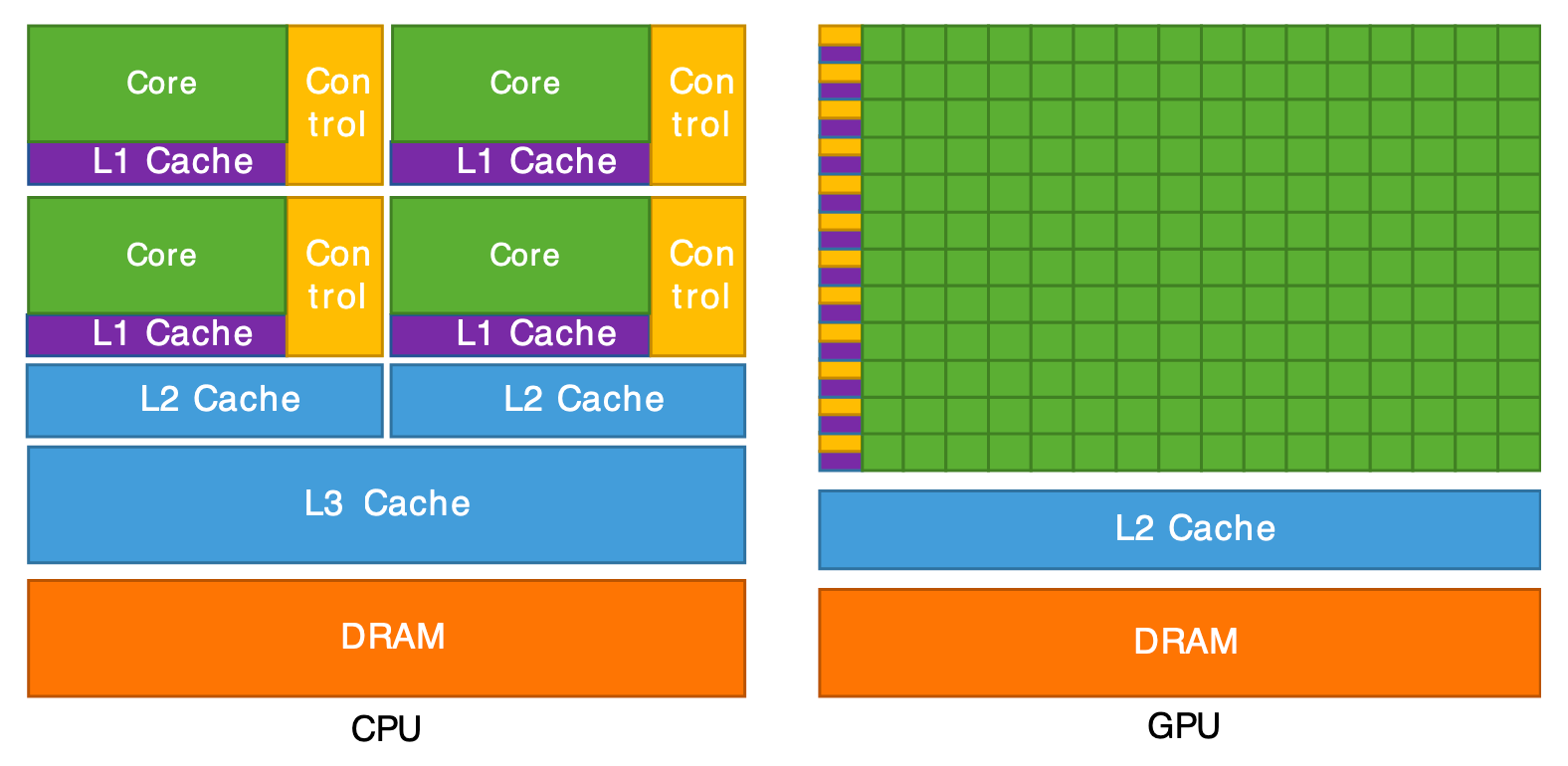🧠 CPU and GPU Cache Explained: The Hidden Truth

When people talk about computer speed, they often mention gigahertz, cores, and graphics power — but there’s a secret ingredient most overlook: cache. Whether it’s a CPU or GPU, cache is what keeps data flowing fast, and without it, even the most powerful processor would crawl.
In this post, we’ll break down what cache is, why it matters, and how it works differently inside your CPU and GPU.
⚙️ What Is Cache?
(Image: Simple diagram showing CPU → Cache → RAM → SSD)
Cache is a tiny, ultra-fast memory built directly into your processor. Its job is simple — store the data your system needs right now or very soon, so it doesn’t have to fetch it from slower system memory (RAM).
Think of it like this:
Cache = your brain’s short-term memory
RAM = your desk workspace
SSD/HDD = the filing cabinet across the room
The less often your CPU has to “walk to the cabinet,” the faster your PC feels.
🧩 CPU Cache: Three Layers of Smart Memory
Modern CPUs have multiple layers of cache, each with its own role. They’re labeled L1, L2, and L3 — the higher the level, the larger but slower the cache.
Level Location Typical Size Speed Purpose
L1 Inside each core 32–128 KB 🔥 Fastest Holds the instructions and data currently being used
L2 Per core or cluster 256 KB–2 MB ⚡ Very fast Stores recent or nearby operations
L3 Shared between all cores 4–96 MB ⚙️ Fast Acts as a shared pool for data all cores may reuse
💾 What’s Stored There?
Cache holds whatever your CPU thinks it’ll need next:
Program instructions
Small chunks of data or variables
Predicted operations
Results of recent calculations
When the CPU requests data, it first checks its cache. If it finds it — called a cache hit — it’s lightning fast. If not, it’s a cache miss, and the CPU must go to slower RAM.
That’s why larger caches mean fewer “misses” and smoother performance.
✍️ Is Cache Writable?
Absolutely. Cache isn’t read-only. It’s constantly being written to and updated every clock cycle.
When your CPU performs a task, the results often land in cache first before being written back to RAM.
That’s part of why cache is volatile — it’s wiped clean when power is lost.
⚡ Why Cache Size Matters
4 MB. 20 MB. 64 MB. Those numbers sound small, right?
But remember — cache is thousands of times faster than RAM.
Cache latency: around 10 nanoseconds
RAM latency: 60–100 nanoseconds
SSD latency: 50,000+ nanoseconds
Even a few extra megabytes of cache can make your processor feel more responsive — especially in games or workloads that repeatedly access the same data.
That’s why AMD’s “3D V-Cache” CPUs perform so well; their massive cache stores almost an entire game’s data right next to the cores.
🎮 GPU Cache: Speed for Graphics Power
(Image: Diagram showing GPU cores, VRAM, and L2/L3 cache)
CPUs aren’t the only chips with cache — GPUs have it too. But their purpose is a bit different.
While CPUs deal with logic, decision-making, and instructions, GPUs handle thousands of parallel calculations at once — like rendering pixels, textures, and lighting. That means they need a fast way to feed all those tiny processors with data.
🧱 Layers of GPU Cache
Cache Type Purpose Typical Size Shared or Per-Core
L1 Cache Keeps shader instructions and local data close 16–128 KB per core Per core
L2 Cache Buffers data between cores and VRAM 2–96 MB Shared
L3 / Infinity Cache A massive buffer to reduce VRAM usage 64–128 MB+ Shared across chip
For example:
NVIDIA RTX 4070 Ti → 48 MB L2 cache
AMD RX 7800 XT → 64 MB “Infinity Cache” (acts like L3)
This helps GPUs reduce how often they fetch from VRAM — which is fast but still slower than on-chip cache.
⚙️ Why GPU Cache Matters
Every time your GPU draws a frame, it’s juggling millions of pixels and textures. Cache ensures:
Faster reuse of textures and shaders
Reduced VRAM bandwidth needs
Smoother frame rates and less stuttering
So even though GPU cache sizes sound small compared to VRAM, they make a massive difference in responsiveness and consistency.
💡 Cache vs VRAM vs RAM
Here’s a simple hierarchy to remember:
Memory Type Function Speed Size
L1/L2/L3 Cache Temporary, ultra-fast workspace ⚡ Lightning-fast MBs
VRAM (on GPU) Graphics memory for textures and frames 🚀 Fast GBs
System RAM General-purpose memory 🚗 Medium GBs
Storage (SSD/HDD) Long-term storage 🐢 Slow TBs
Cache is the lightning-fast bridge connecting your cores to everything else.
🧭 Final Thoughts
Cache might be small, but it’s one of the biggest factors in real-world performance.
It’s why a 4-core CPU with a huge cache can sometimes beat an 8-core chip with a smaller one.
And it’s why modern GPUs are adding larger and smarter caches to squeeze every frame of performance out of your games.
So the next time you’re comparing processors, don’t just look at cores and clock speed — check the cache.
It’s the quiet powerhouse that makes everything else feel faster.

